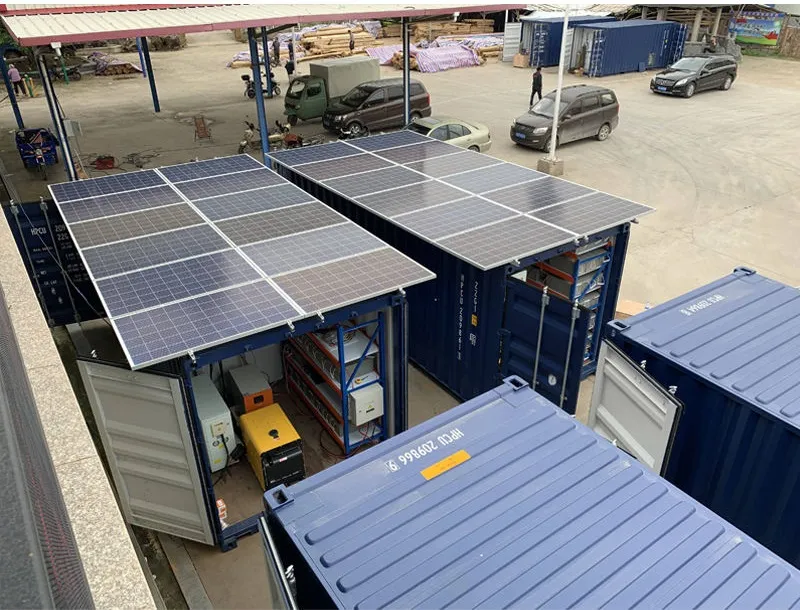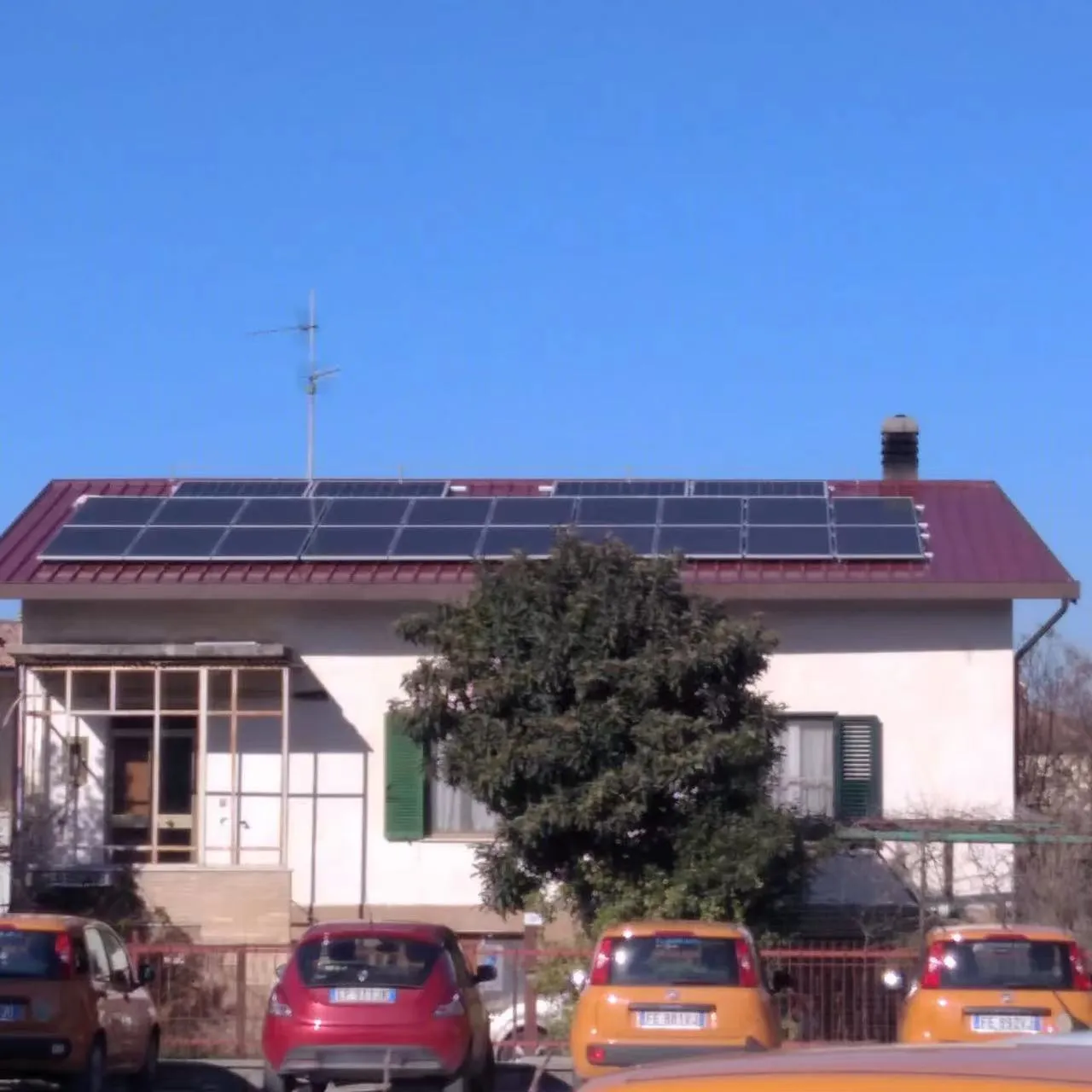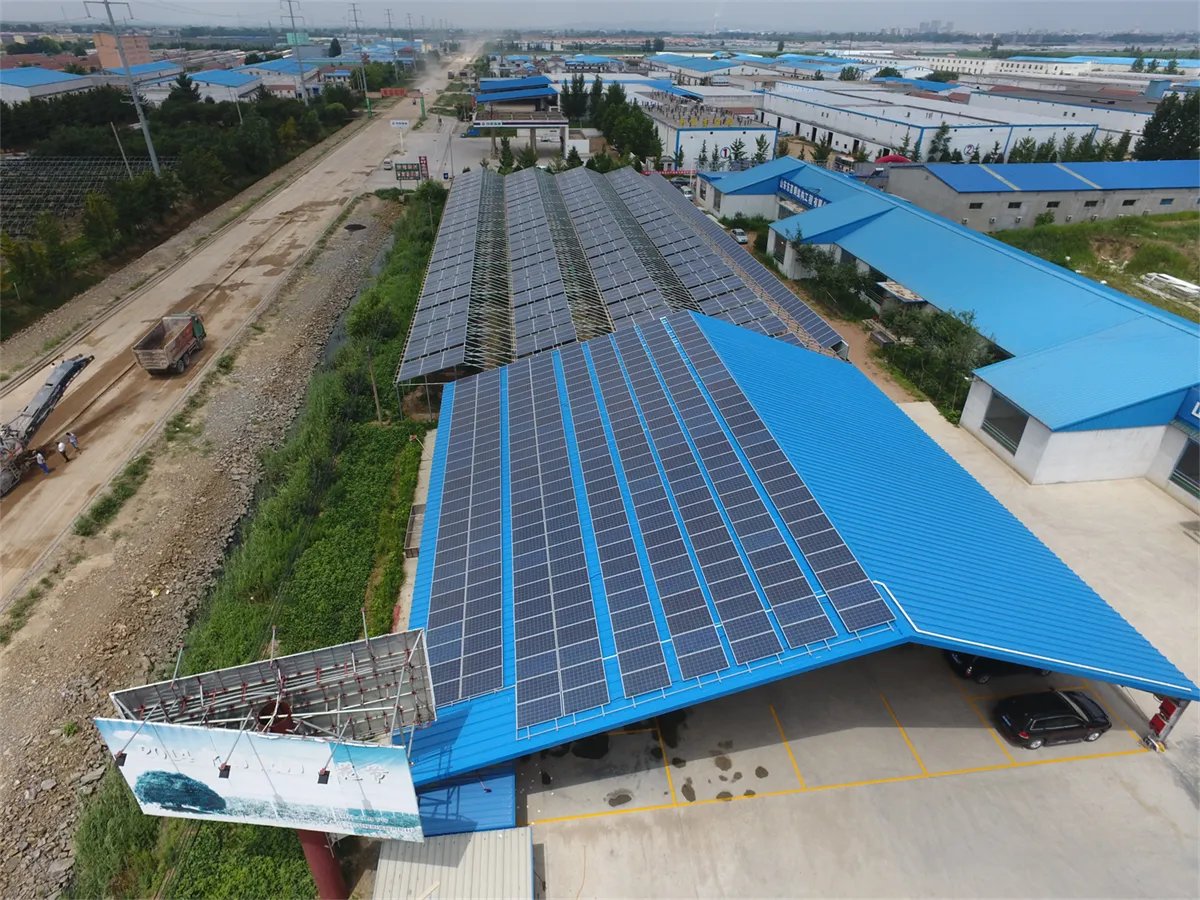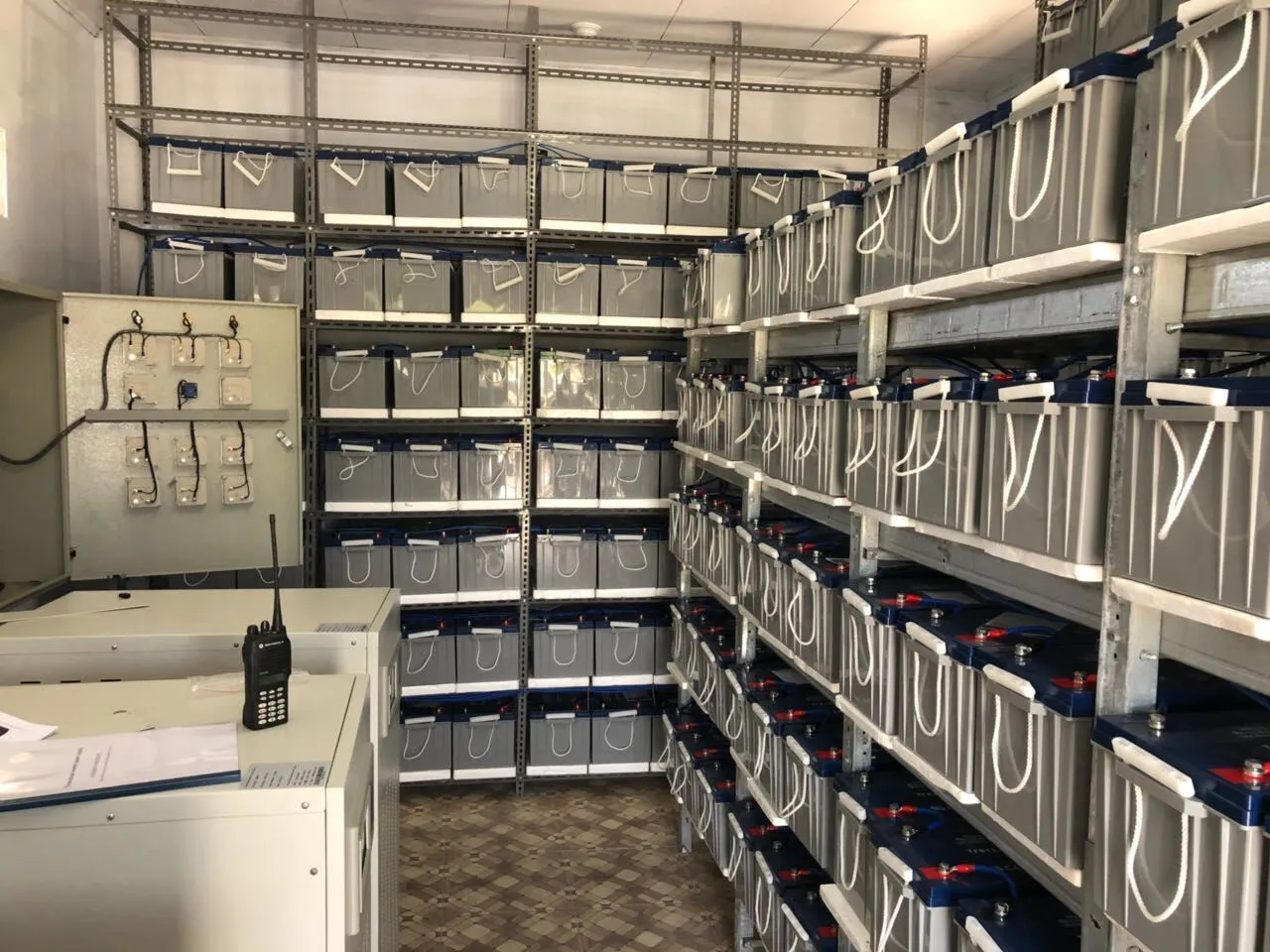
Unveiling the Core Technology of High-efficiency Monocrystalline Solar Panels

The Solar Revolution Starts Here
You know how it goes – you glance at your electricity bill and feel that familiar twinge of frustration. What if I told you the solution to that pain point is quietly powering homes and businesses around the world? Monocrystalline solar panels aren't just some futuristic tech; they're here now, transforming sunlight into serious savings. But how exactly do these sleek, dark panels outperform their competitors? Let's pull back the curtain on what makes them tick.
Think of your roof as prime real estate. Every square inch matters. Monocrystalline panels give you the most bang for your buck by packing more power into less space – we're talking 20-25% efficiency rates compared to just 15-17% for polycrystalline. That difference isn't trivial; it's the gap between meeting your energy needs and coming up short.

Birth of a Solar Star: The Czochralski Method
The magic begins with something called the Czochralski process . Picture this: scientists start with ultra-pure silicon – we're talking 99.999% purity – melted in a quartz crucible at scorching temperatures around 1400°C. Then comes the artistry. They dip a tiny seed crystal into this molten silicon soup and slowly, painstakingly pull it upward while rotating it.
"It's like making cosmic cotton candy," explains Dr. Elena Rodriguez, a photovoltaic researcher at MIT. "The rotation creates centrifugal forces that distribute the silicon uniformly, while the lifting speed controls the crystal's diameter. Done right, you get a massive cylindrical silicon ingot – usually about 2 meters long – with perfect atomic alignment."
Why does this single-crystal perfection matter? Electrons flow through it like a superhighway with no potholes. When sunlight hits later, those electrons won't get trapped by impurities or grain boundaries. The result? Far less wasted energy and higher efficiency straight out of the gate.

Sculpting Silicon: From Ingots to Wafers
Next comes the metamorphosis – turning that gorgeous ingot into paper-thin wafers ready to become solar cells. Here's where things get surgical. Manufacturers use diamond wire cutting , where ultra-thin wires coated with diamond particles slice through the silicon like a hot knife through butter.
Today's panels are pushing boundaries with wafers just 180 microns thick – thinner than a business card. Cutting-edge factories like those using monocrystalline solar panels technology employ multi-wire saws that can cut thousands of wafers simultaneously. Precision is everything: if the cut's even slightly uneven, you sacrifice efficiency.
Waste reduction is the unsung hero here. New kerf-loss technologies allow 95% of the original silicon to become usable wafers. Just a decade ago, this number was closer to 60%. That means less material cost and lower prices for consumers – a win-win for your wallet and the planet.

Power Production: How Sunlight Becomes Electricity
Here's the miracle part – no moving parts, no combustion, just pure physics. It starts with the p-n junction . Picture a sandwich: the wafer gets "doped" with phosphorus on one side (creating negative charge carriers) and boron on the other (creating positive charge carriers). Where they meet? An electric field zone.
When photons from sunlight smack into the panel, they knock electrons loose from silicon atoms. The electric field forces these electrons to flow in one direction – straight out of the panel through metal conductors. This orderly movement is what we call direct current (DC) . Your solar inverter then transforms it into the AC power your home uses.
Monocrystalline panels dominate here because their perfect atomic structure means fewer electrons get tripped up on their journey. More electrons complete the circuit. More power. Simple as that.
Monocrystalline vs. The World: A Clear Winner
| Feature | Monocrystalline | Polycrystalline | Thin-Film |
|---|---|---|---|
| Efficiency | 20-25% | 15-17% | 10-13% |
| Space Needed | Lowest | 25% more | 2x more |
| Performance in Heat | Best | Good | Poor |
| Lifespan | 25-35 years | 20-25 years | 10-15 years |
| Cost per Watt | $$$ | $$ | $ |
The choice becomes obvious when you see the side-by-side. Monocrystalline panels outperform others in almost every climate and application. They don't just look better – those sleek black panels blend into rooftops – they work better, especially in challenging conditions.
In residential commercial and industrial solar energy applications, every square foot matters. Monocrystalline means generating maximum power from limited roof spaces. For homeowners with shade issues? Their tolerance for partial shading is better too, thanks to advanced micro-inverter technologies.
Efficiency Breakthroughs: Next-Gen Enhancements
Today's monocrystalline panels aren't sitting on their laurels. Researchers are cooking up clever ways to eke out even more power:
PERC Technology: Adding a reflective layer behind the solar cell bounces unused photons back through the silicon for a second chance at electron liberation. This boosts efficiency by 1-2% absolute – huge in solar terms.
Half-Cut Cells: By dividing cells and wiring them differently, engineers reduce resistive losses. The result? More power in low-light conditions (dawn/dusk) and when panels heat up.
Multi-Busbar Architecture: Instead of thick ugly silver lines blocking sunlight, premium panels use 12-16 ultra-thin wires. This increases light capture area by 3% while enhancing durability – a beautiful solution.
The Long Game: Durability & Sustainability
Don't think of monocrystalline panels as purchases. They're 30-year investments. Premium manufacturers like Trina and Panasonic back their products with warranties guaranteeing 85-92% output after 25 years. The magic? These are anti-reflective coatings protecting the cells, waterproof polymer backsheets, and robust aluminum framing.
The sustainability story is equally compelling. Though manufacturing requires energy, most panels pay back their carbon debt within 2-4 years. After that? Pure clean generation. Recycling processes now recover 95% of silicon, silver, and glass for reuse.
Where We're Headed: The Bright Future
The horizon looks dazzling. Researchers at Oxford PV are marrying silicon with perovskite materials to create tandem cells. Initial prototypes hit 29.5% efficiency – a game-changer.
Then there's TOPCon – a new approach that simplifies production while boosting efficiency. Chinese manufacturers are already rolling out mass-produced TOPCon panels hitting 22% efficiency at poly-like prices. That's the solar sweet spot.
Your Power, Your Choice
When you choose monocrystalline technology, you're getting the smartest energy conversion system humans have devised. From Czochralski-grown perfection to advanced PERC designs, it represents the pinnacle of solar engineering.
The question isn't "can monocrystalline solar power my life?" It's "what would you do with energy independence?" Less bill anxiety, lower carbon footprint, and a home plugged directly into the universe's cleanest power plant. That future is shining brightly right on your rooftop.
Tags:
Recommend Products











